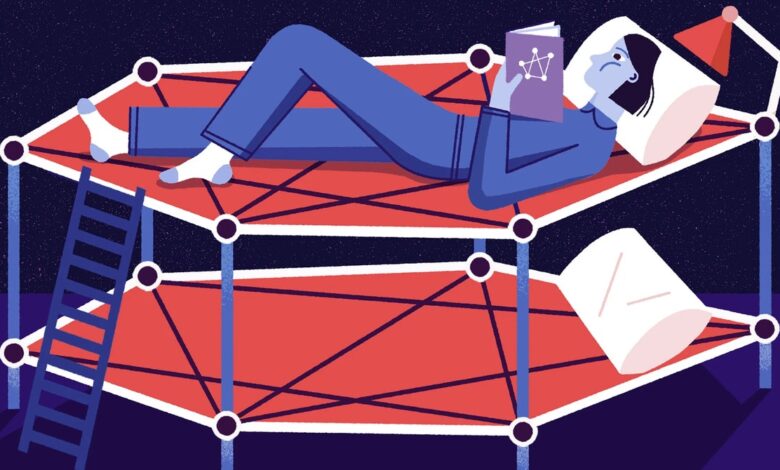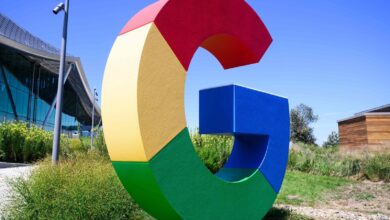Mathematicians just debunked the ‘Bunkbed Conjecture’

Their results show the importance of not taking anything for granted, said Noga Alona mathematician at Princeton. “We must be skeptical, even of things that intuitively might well be true.”
Gladkov, Pak, and Zimin found many examples of small graphs that satisfied the hypothesis, but in the end, those examples did not reflect the more complex, less intuitive graphs they could construct when available. enough vertices and edges.
As Hollom puts it, “Do we really understand all this as well as we think we do?”
Mathematicians still believe in the physical statement about bond sites within solids that inspired the bunk bed hypothesis. But they will need to find another way to prove it.
In the meantime, Pak says, it is clear that mathematicians need to engage in a more active discussion about the nature of mathematical proof. Ultimately, he and his colleagues did not have to rely on controversial calculation methods; they were able to refute the conjecture with complete certainty. But as computer- and AI-based attacks become more common in mathematical research, some mathematicians are debating whether the field’s norms will finally have to change. “It’s a philosophical question,” Alon said. “How do we consider evidence that is only true with a high probability?”
“I think the future of mathematics will accept probability proofs like this,” said Doron Zeilbergera mathematician at Rutgers University who was known for counting his computer as a co-author on many of his papers. “In 50 years, or maybe less, people will have a new perspective.”
Others wonder whether such a future threatens something important. “Perhaps probabilistic evidence will give you less understanding or less intuition about what is actually going on,” Alon said.
Pak has suggested that separate journals should be created for results of this kind as they become more common, so that their value is not lost to mathematicians. But his main goal is to open the conversation. “There is no exact answer,” he said. “I want the community to reflect on whether the next result of this type will count.” As technology continues to infiltrate and transform mathematics, the question will only become more urgent.
Original story reprinted with permission from Quanta Magazine, an editorially independent publication of Simons Foundation has a mission to advance public understanding of science by addressing research developments and trends in mathematics, physics and the life sciences.




